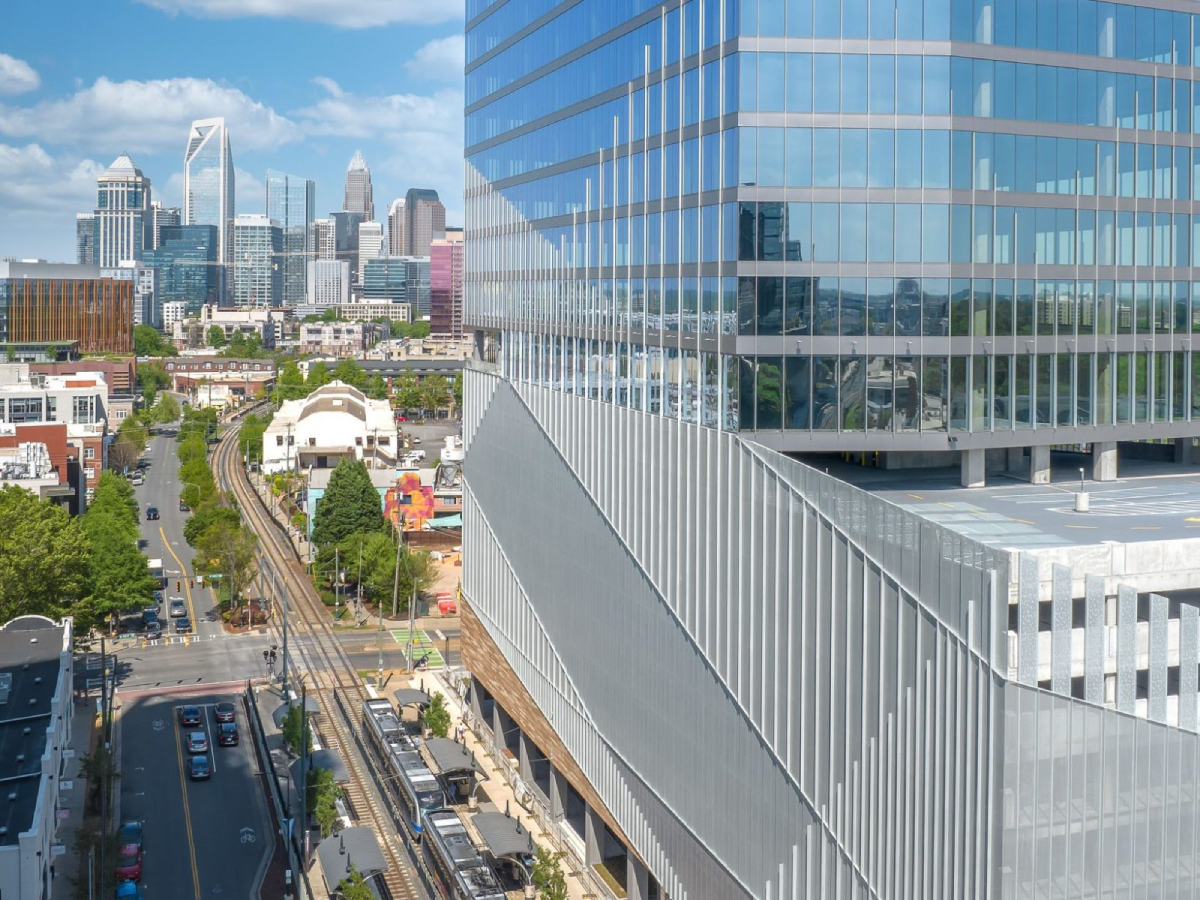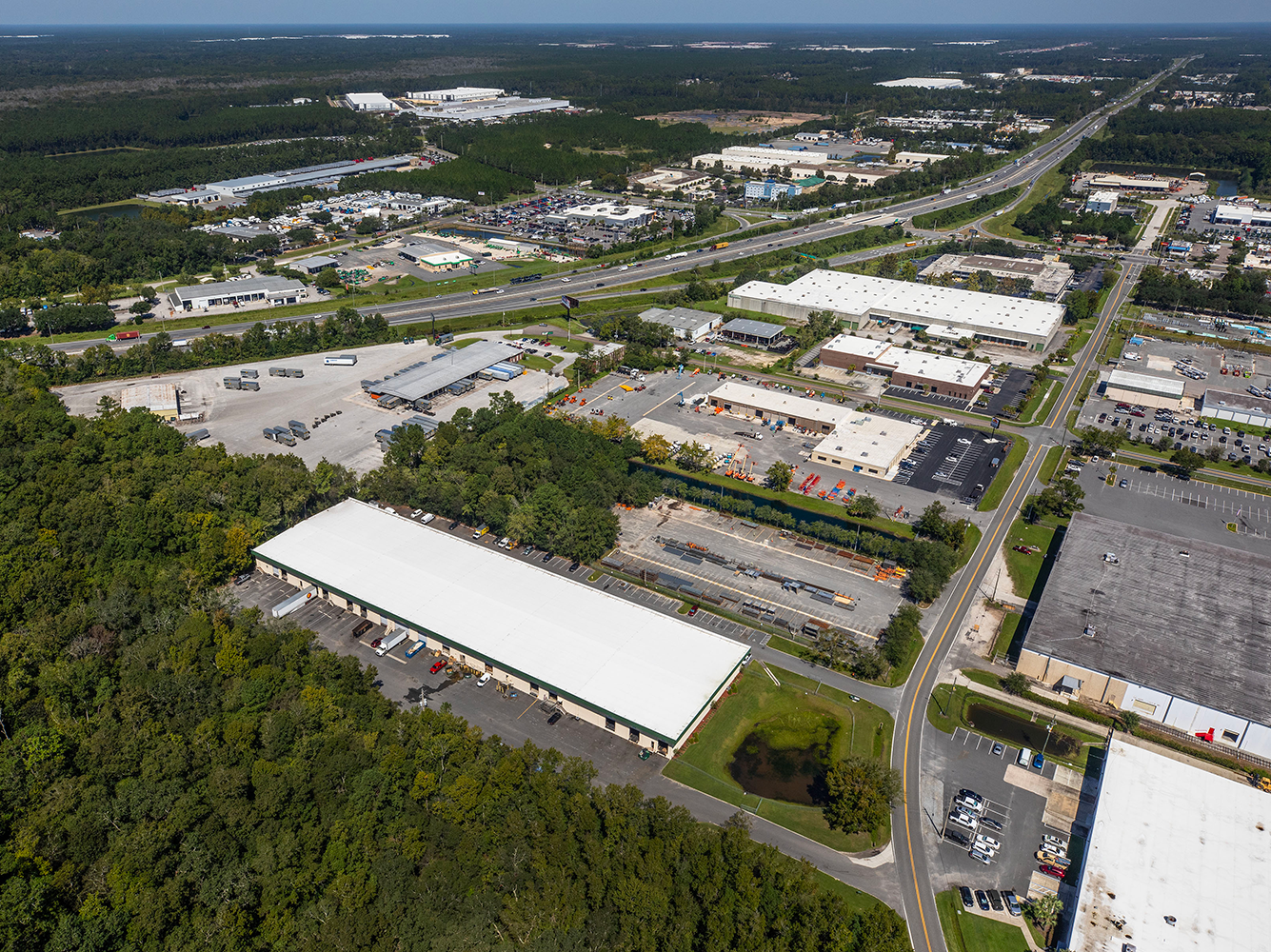CMBS Special Servicing Rates Surge: Trepp
Retail- and hospitality-secured CMBS hit record-high levels in September.

Image by geralt via Pixabay.com
The U.S. CMBS special servicing rate climbed to 10.48 percent, its highest point since May 2013, according to Trepp.
READ ALSO: CMBS Delinquencies Continue to Drop: Trepp
Trepp’s September 2020 U.S. CMBS Special Servicing Report also noted that the overall rate—which has been steadily rising since March and climbed 44 basis points in September— was driven predominantly by increases in the retail and lodging special servicing rates, both of which were the highest ever reported, 18.32 and 26.04 percent, respectively.
Back in March, the overall rate was 2.83 percent. Beyond that, the bifurcation among product types is stark. Counting both legacy CMBS 1.0 packages and CMBS 2.0+ products (as already cited for retail and hospitality), special servicing rates for multifamily were 2.66 percent (up 10 basis points in September), for office were 2.85 percent (down 8 basis points) and for industrial were 1.17 percent (down 4 basis points).
Still, the overall special servicing rate is expected to continue its increase in coming months. And worse, Trepp pointed out, “the special servicing rate is logging the same increasing trend as witnessed in 2009 during the last financial crisis.”
A more revealing metric
Just a few days ago, Trepp released its September U.S. CMBS delinquency report, which documented a modest 10 basis point decrease in delinquencies overall, after increases in May and June. So is the CMBS sector getting worse or not?
The report noted that CMBS delinquency rates have fluctuated somewhat this year, as some loans have been cured, either through forbearances or without relief from lenders.
The difference between the delinquency and special servicing rate trends is caused by the fact that “while forbearances switch the loan status from delinquent to current, the loans, if stressed, still continue to be specially serviced,” Jyoti Yadav, a Trepp research analyst, explained in a prepared statement. Considering that a forbearance agreement typically provides short-term respite, the special servicing rate seems to be a better representative of the current state of distress in the CMBS universe, Yadav added.
Read the full report by Trepp.







You must be logged in to post a comment.